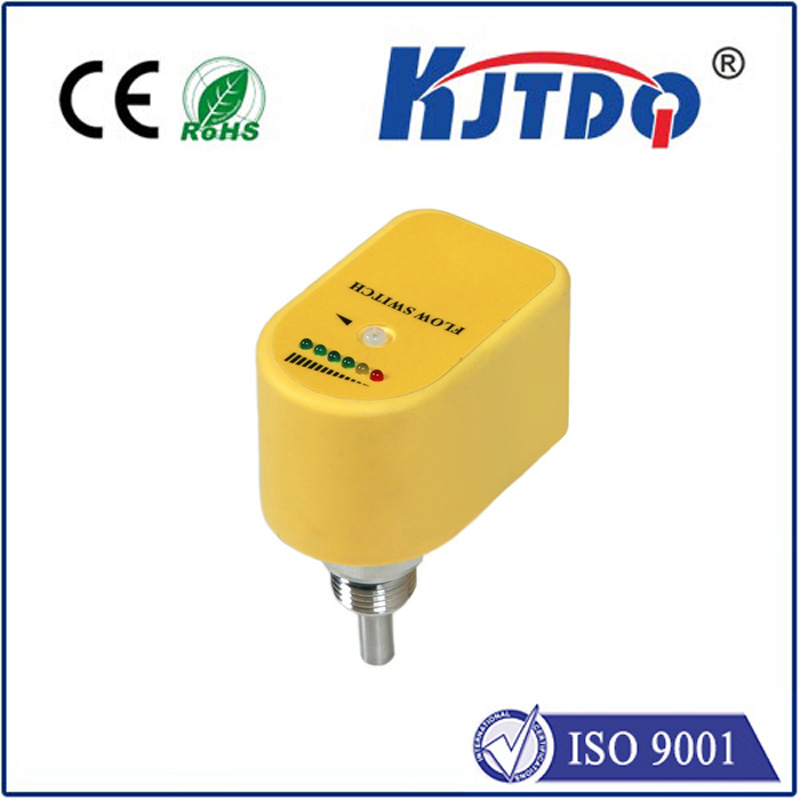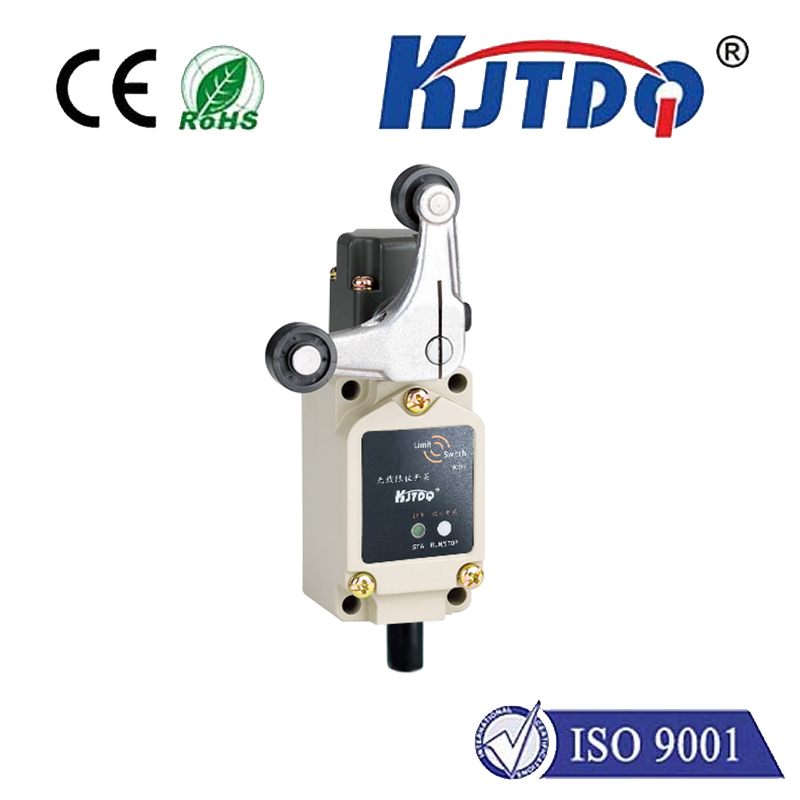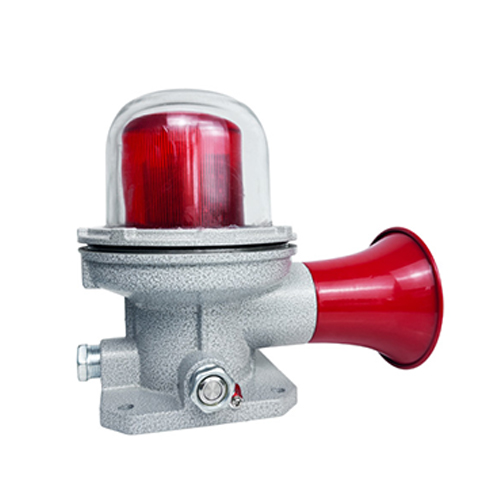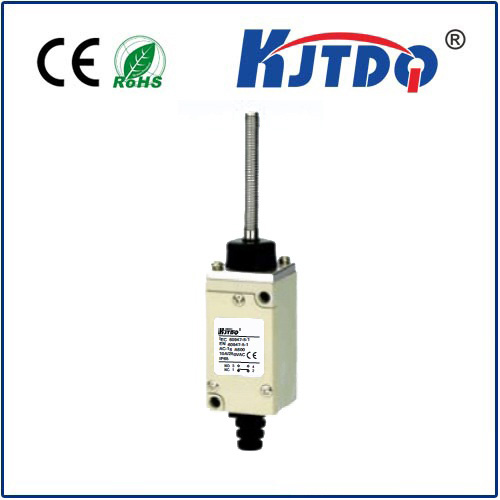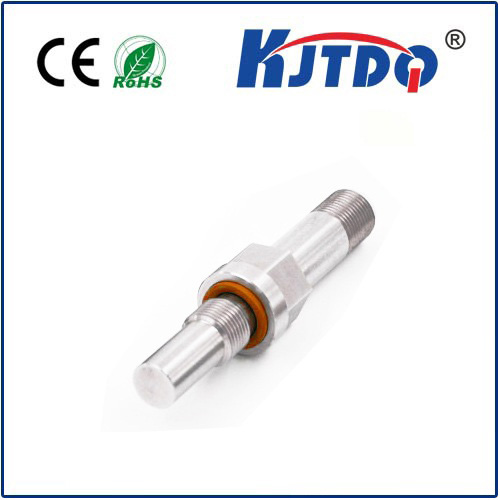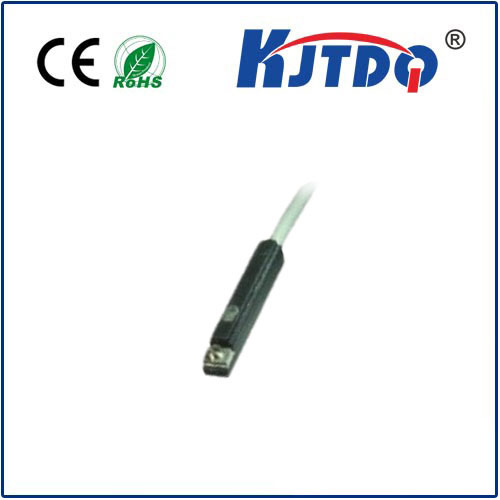reflective laser photoelectric sensor
- time:2025-09-12 01:29:59
- Click:0
Revolutionizing Automation: The Power and Precision of Reflective Laser Photoelectric Sensors
Have you ever wondered how modern factories seamlessly count blister packs at lightning speed, how self-guided vehicles avoid collisions, or how intricate robotic arms position parts with micron-level accuracy? The unseen hero enabling these feats is often the reflective laser photoelectric sensor. This sophisticated technology harnesses focused laser light and precise optics to detect objects, measure positions, and trigger actions with exceptional speed and reliability, becoming a cornerstone of industrial automation, logistics, and beyond.
Understanding the Core Principle: Laser Light and Reflection
At its essence, a reflective laser photoelectric sensor functions on the principle of light reflection. It incorporates a built-in laser emitter and a light receiver housed within the same unit. The sensor projects a highly focused, intense laser beam towards a designated target area. When an object enters this beam’s path, it reflects a portion of the emitted laser light. The sensor’s receiver, finely tuned to capture this specific wavelength, detects the reflected light signal. Crucially, the sensor is designed to distinguish this reflected signal from its own emitted beam through precise optical alignment and timing circuitry. The presence or absence of this returned light, meeting a predefined intensity threshold, triggers the sensor’s output signal – essentially signaling “object present” or “object absent.”
This fundamental operating mode is often referred to as diffuse reflective or sometimes “proximity mode”. The key distinction is that it requires no separate reflector; detection happens purely based on the object reflecting the emitted light back to the sensor unit. This simplicity is a major design and installation advantage.

Why Reflective Laser Sensors Dominate: Key Advantages
The unique combination of laser technology and reflective sensing delivers compelling benefits:
- Significant Detection Range: Leveraging the coherence and high intensity of laser diodes, these sensors boast detection ranges far exceeding standard diffuse photoelectric sensors, often by 20 to 30 times or more. Ranges of several meters are commonplace, enabling applications where distance was previously a barrier.
- Pinpoint Precision: The extremely small, focused laser spot allows for detecting minute objects (like tiny electronic components or thin wires) and provides exceptional positional accuracy. This facilitates tasks like precise edge detection or alignment verification where a broad beam would be ineffective.
- High Resolution and Speed: Laser sensors offer outstanding resolution, meaning they can detect minute movements or position changes of objects. Combined with their rapid response times (often in microseconds), they are ideal for high-speed counting, sorting, and inspection on fast-moving production lines.
- Enhanced Signal Integrity: The intense, coherent nature of laser light provides a stronger signal-to-noise ratio compared to LEDs. This makes them significantly less susceptible to interference from ambient light sources (like factory overhead lighting or sunlight), leading to more stable and reliable operation in challenging environments.
- Simplified Installation: The all-in-one design (emitter and receiver combined) eliminates the complex alignment needed for through-beam sensors requiring a separate reflector unit and avoids the calibration challenges of retro-reflective sensors. Setup is typically quicker and easier.
- Robust Performance: Modern units feature advanced optics and are often housed in rugged, IP67 or IP68 rated enclosures, making them highly resistant to dust, moisture, vibration, and temperature fluctuations encountered in demanding industrial settings.
Where Precision Meets Demand: Core Applications
Reflective laser sensors are indispensable across diverse sectors:
- Logistics & Packaging: High-speed counting of boxes, bottles, or individual items on conveyor belts; verifying flap closure on cartons; detecting labels or tapes.
- Automotive Manufacturing: Ensuring precise positioning of parts (e.g., engine blocks, panels) for robotic assembly; detecting tiny components like pins or clips; verifying weld nut presence.
- Material Handling: Object detection on AGVs (Automated Guided Vehicles) for collision avoidance and navigation; pallet presence/height detection in warehouses; end-of-travel sensing for cranes and elevators.
- Electronics Production: Detecting miniature components (chips, connectors) on PCBs or feeders; verifying connector pin insertion; wafer notch detection in semiconductor manufacturing.
- Food & Beverage: Fill level control in transparent bottles (detecting liquid surface through glass/plastic); checking cap placement; detecting product jams preventing costly downtime.
- Printing & Converting: Web break detection (detecting if paper/plastic film tears); verifying print registration marks (mark detection) with extreme precision; edge guiding control.
Critical Considerations for Optimal Selection and Use
While powerful, achieving peak performance requires attention to key factors:
- Target Properties: The color, surface finish, and material significantly impact reflectivity. Shiny or light-colored objects reflect well, while dark, matte, absorbent, or irregular surfaces may pose challenges. Some sensors offer background suppression features to help mitigate this. Understanding your target’s reflectivity is paramount.
- Detection Distance: Always choose a sensor rated for distances greater than your actual application requires. Factors like target reflectivity, surface angle, and environmental conditions (dust, humidity) can reduce the effective range.
- Spot Size & Precision Needs: Match the laser spot size to the smallest feature you need to detect or the positional accuracy required. Smaller spots enable finer discrimination.
- Environmental Conditions: Ensure the sensor’s IP rating, temperature range, and construction (e.g., metal vs. plastic housing) are suitable for the operating environment (dust, oil, washdown, outdoor use, extreme temperatures).
- Mounting & Alignment: Although simpler than through-beam alignment, securely mounting the sensor and ensuring the laser beam is perpendicular to the target’s detection surface optimizes performance and reliability. Vibration resistance is also critical in many settings.
- Response Time: Select a sensor with a response frequency fast enough for the object’s travel speed in your application to avoid missed counts or positioning errors.
Conclusion
The reflective laser photoelectric sensor stands as a testament to the power of focused light in automation. By combining long-range capability, pinpoint accuracy, high speed, and rugged reliability in an easy-to-install package, it solves complex detection challenges where other sensor types falter. From ensuring blister packs are perfectly formed on a high-speed line to guiding robots with micron-level precision, these sensors are fundamental enablers of modern manufacturing, logistics, and material handling efficiency. Understanding their operating principle, key advantages, and application considerations empowers engineers to leverage this powerful technology, optimizing processes and unlocking new levels of productivity and quality control.






